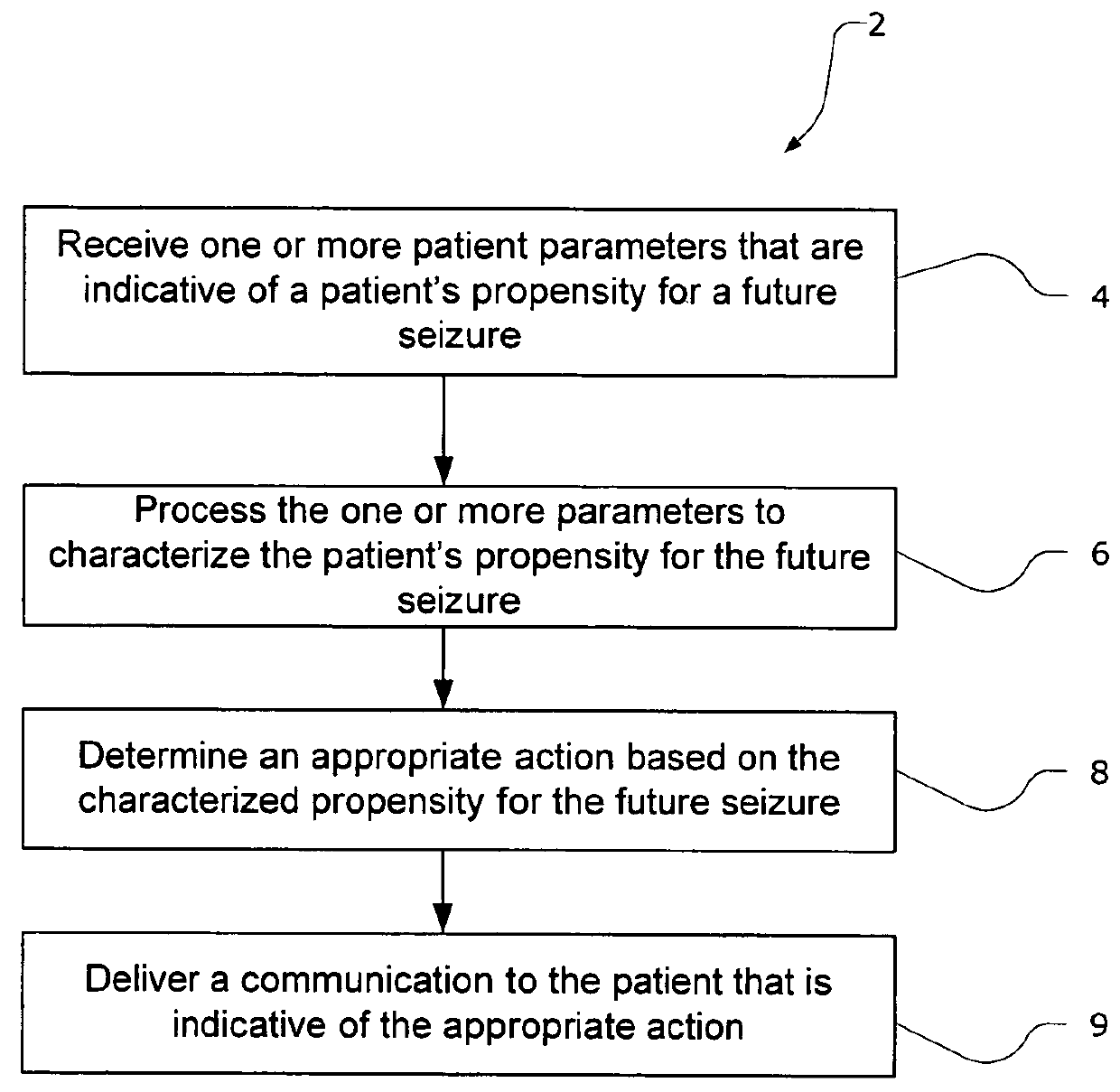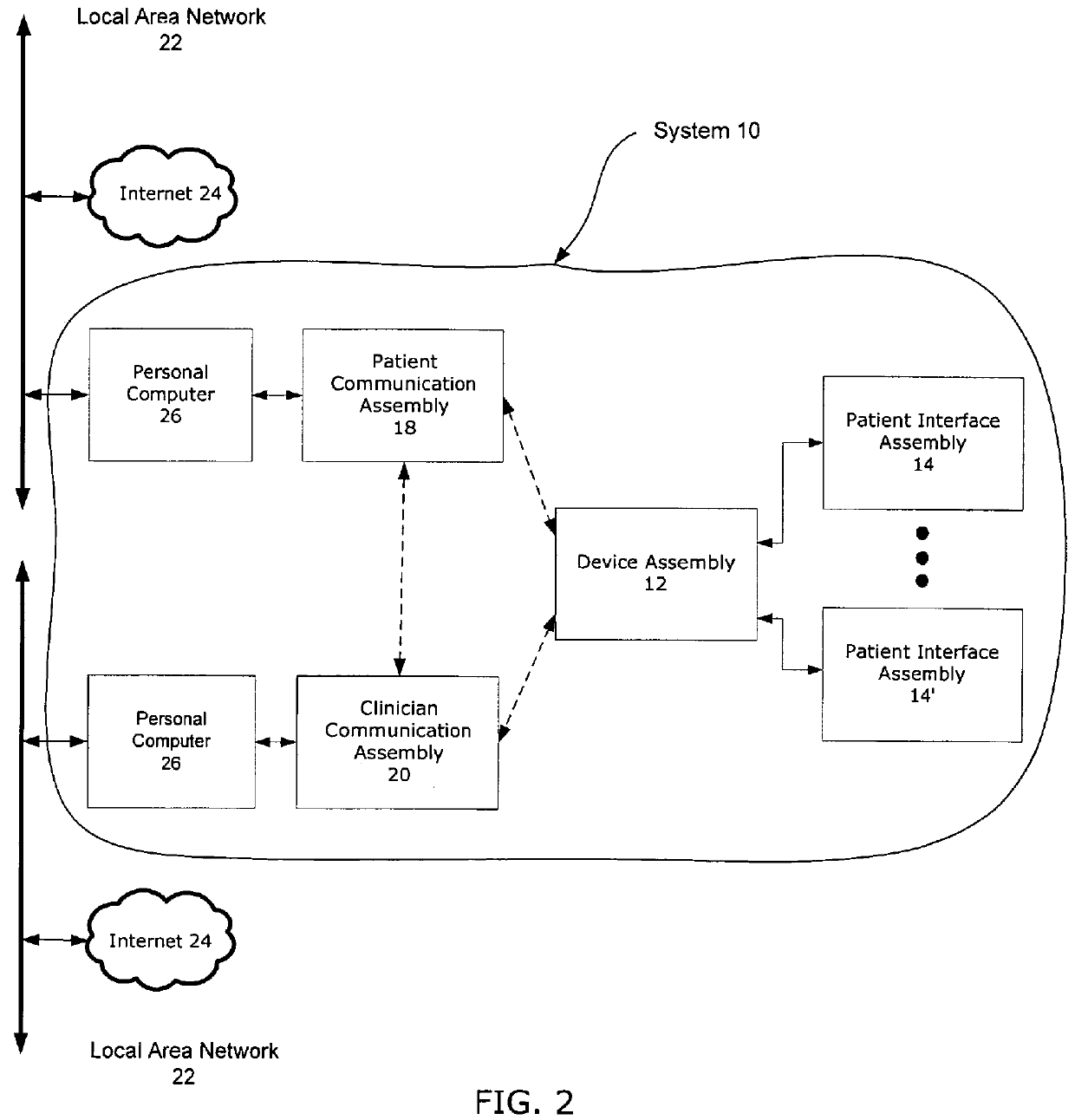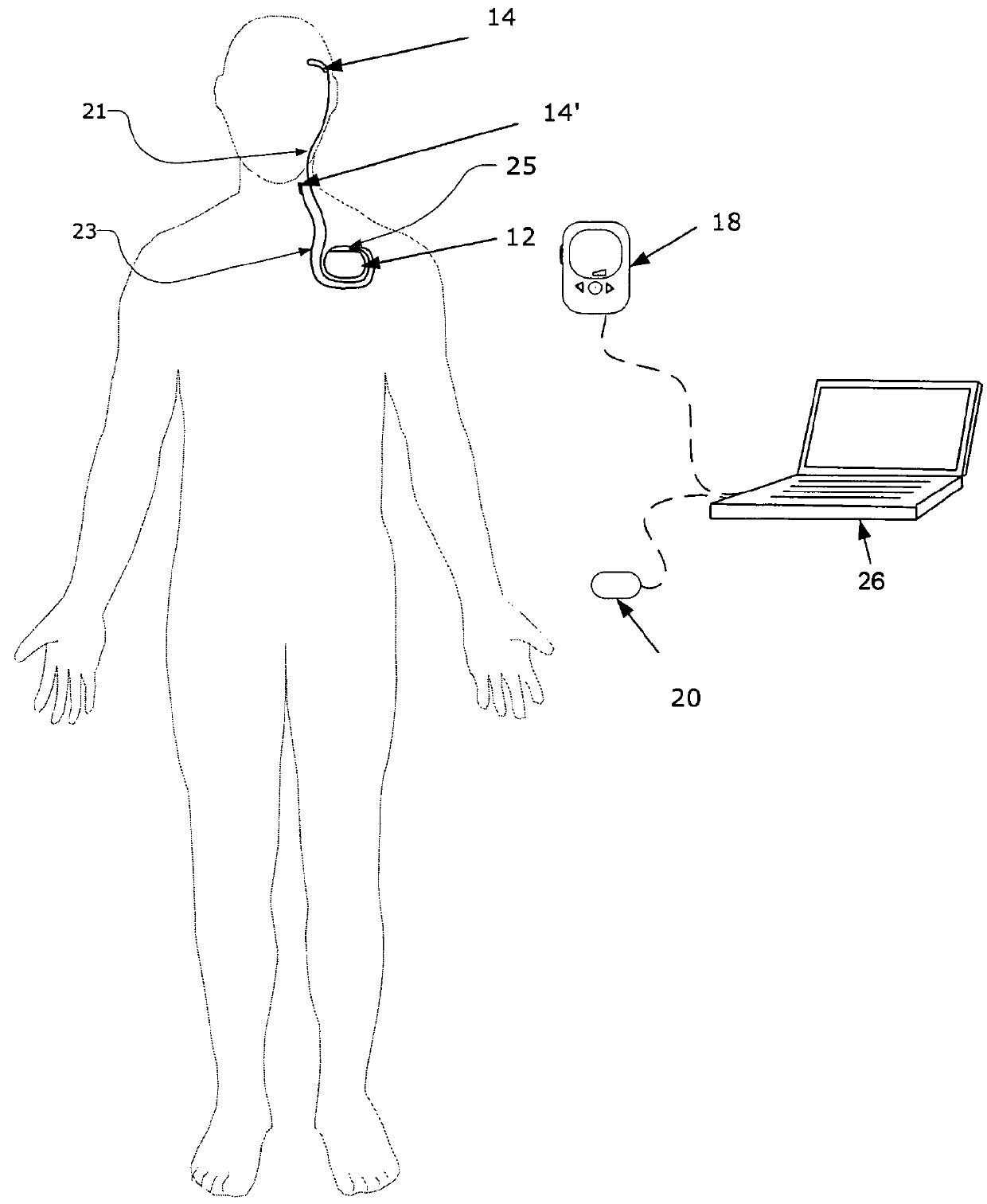Methods and systems for recommending an appropriate action to a patient for managing epilepsy and other neurological disorders
a technology for applied in the field of recommending an appropriate action to a patient for managing epilepsy and other neurological disorders, can solve the problems of sudden, involuntary, disruptive, and often destructive seizure, and achieve the effects of low side effect profile, elevated propensity, and high probability of seizur
- Summary
- Abstract
- Description
- Claims
- Application Information
AI Technical Summary
Benefits of technology
Problems solved by technology
Method used
Image
Examples
examples
[0278]In some embodiments, administration of compounds of the present invention may be intermittent, for example administration once every two days, every three days, every five days, once a week, once or twice a month, and the like. In some embodiments, the amount, forms, and / or amounts of the different forms may be varied at different times of administration based on the neural state and / or prediction of the seizure.
[0279]The following description provides one example of a predictive algorithm that may be used to monitor the patient's neural state to monitor the effect of acute dosages of AEDs. As can be appreciated any of the aforementioned predictive algorithms may be used by the present invention to predict the onset of a seizure, and the present invention is not limited to the following example.
[0280]Chronic dosages of anti-epileptic drugs (AEDs) have been shown to improve seizure control in patients with partial epilepsy. Previous studies have indicated that the development a...
PUM
 Login to View More
Login to View More Abstract
Description
Claims
Application Information
 Login to View More
Login to View More - R&D
- Intellectual Property
- Life Sciences
- Materials
- Tech Scout
- Unparalleled Data Quality
- Higher Quality Content
- 60% Fewer Hallucinations
Browse by: Latest US Patents, China's latest patents, Technical Efficacy Thesaurus, Application Domain, Technology Topic, Popular Technical Reports.
© 2025 PatSnap. All rights reserved.Legal|Privacy policy|Modern Slavery Act Transparency Statement|Sitemap|About US| Contact US: help@patsnap.com



